During the past years, I’ve been doing acrylic paintings of species of amphibians
and reptiles that live in two national parks in northwest Costa Rica. In some years I had more time to paint, and in others much less, but the goal was to produce a lightweight and hopefully inexpensive field guide to help people identify the species they find in these parks. The rangers and environmental educators in one of these parks, Santa Rosa National Park, helped me immensely by encouraging my efforts and by “testing out” some of the material with the local sixth graders that visit in busloads every year. Through my friend Carolina Arias I discovered the publishing department of the UNED university, who put my field guide on the shelves of their bookstores last November.
Field guides are tools which bridge the gap between the knowledge held by scientists and the general public. In the books’ organization and visual content they allow an ordinary citizen to properly identify species of living organisms in the wild. Before the advent of field guides (one of the first to have a big impact was illustrated and written by ornithologist Roger Tory Peterson in the 1940s in the United States), being able to identify wildlife was somewhat an “elitist” activity, in that one had to have the financial resources to enroll in university courses or make long trips to confer with museums and experts. By placing illustrations of many species on each plate with a short summary of the traits that distinguish one species from another, they facilitate our ability to identify. Another trick is showing the species on each plate to “scale”, which means that if, say, there is a crow on the same plate with a robin, the latter will be half the size of the former (as they are in real life).

Identifying what we see around us is important for many reasons. As Aldo Leopold wrote, kids tend to go through a certain ontogeny in their transformation into conservationists and responsable stewards of the land. They go from the acquisition of “trophies” (butterflies, rocks, bird feathers, etc.), to recognition (identification and life listing), then to perception (the study and greater understanding of nature) and lastly to participation, sound land husbandry and activisim. Within this ontogeny is a need for materials that enable a person to identify what he or she is discovering in nature. Working to correctly identify animals and plants in the wild is a challenge, and can be great fun and a rewarding hobby. I still have my first Peterson bird field guide. When I put it up to my nose it smells like old paper. It is a hardbound edition and the transparent waterproof cover is torn and discolored. Its pages have been turned by the half frozen fingers of my high school best buddy and me as we excitedly tried to identify the migratory ducks in December in wetlands next to the Illinois River. Great times. But Richard Louv’s book “Last Child in the Woods: Saving Our Children from nature-deficit Disorder” points out that kids are spending much less time in nature, and this can have negative effects on land stewardship actions and the overall psychological well being of coming generations. Field guides are one of several ways to help get people back into nature.
Identification is also indispensable for understanding how ecosystems function. Two species of little flies might look the same, but they pollinate very different species of plants and play different roles in the local food chain. Both the boa constrictor and the cateye snake are brown with darker blotches but play very different roles in the dry forest ecosystem, with the former growing to over 3 meters in length and feeding on prey high in the food chain while the latter is basically a frog-easter. Once the field guide gives us the animal’s scientific name, we can then delve into the literature in libraries and the internet to learn more about other aspects (natural history, population status) of the species.
And, lastly, correct identification of species can enable local residents to contribute toward our knowledge of distributions and abundances, and can also enable the correlation of such information with changes in land use or climate change. Although the most well known of such contributions by “citizen scientists” are the Christmas Bird Counts (which have given us important information on the changes in bird species’ distributions and abundances), there are many other efforts that use photography and field guides to register species on-line, such as the Carolina Herp Atlas (with 698 registered users), and similar projects in Wisconsin, New York and Georgia. Maybe a similar on-line herp atlas can be done here in Costa Rica.





